Responding to challenges & change
This time last year I was invited by Mining Engineering* journal to write an article as an introduction to its well-established annual review of the industrial minerals industry. I was delighted and honoured to be asked again by ME to write a piece this year.
Back then I commented on a “2020 Vision for Industrial Minerals” being shaped by the COVID-19 pandemic which was just getting into its stride causing tragedy and mayhem across the globe. Industrial mineral supply chains and markets were not immune to the fall-out (see 2020 Vision for Industrial Minerals).
So, fast forward 12 months, and while we are not out of the woods yet, market recovery is underway. But also apparent during 2020-21 has been the industry response to challenges and change wrought by the pandemic and other factors, which, while not without difficulty, has been refreshingly proactive.
Title Picture Going where the minerals are greener: among the strategic adjustments trending for many leading mining companies (outlined in this article) has been a focus on recycling and development of critical minerals; the latter exemplified just this week with Rio Tinto’s $2.4bn commitment to the Jadar lithium-borates project in Serbia, one of the world’s largest greenfield lithium projects, envisaged to “scale up Rio Tinto’s exposure to battery materials, and demonstrate the company’s commitment to… further strengthen its portfolio for the global energy transition.”; when ramped up to full production in 2029, the mine is expected to produce about 58,000 tpa lithium carbonate, 160,000 tpa boric acid (B2O3 units) and 255,000 tpa sodium sulphate; Rio Tinto aims to produce 2.3m tonnes lithium carbonate over the expected 40-year life of mine. Courtesy Rio Tinto
In summarising this activity, a “Rule of Six Influencing Factors” can be broadly ascertained as steering the outlook for industrial minerals:
- Industrial mineral “Criticality” + “Essentiality”
- China in change
- Emergence of high-tech growth markets
- Accelerated recycling
- Environment
- Corporate & Government re-adjustment
1. Industrial mineral “Criticality” + “Essentiality”
Perhaps of greatest long term significance, was the “favour” that the pandemic impact dealt the industrial minerals business, in that it both educated and reinforced the vital role of industrial minerals in industrial manufacturing processes and everyday products and applications.
As mineral supply chains struggled to meet market demand for most of 2020, industrial minerals’ “essentiality” and “criticality” soon became apparent and has since informed consuming industries and governments worldwide of their vulnerable supply lines and overreliance on limited overseas sources.
This has naturally given a boost to development of new and alternative sources of minerals in high demand worldwide, such as First Bauxite LLC’s new high purity raw refractory bauxite mine, Bonasika, Guyana, (see Guyana bauxite newcomer starts bulk shipments) and Ares Strategic Mining Inc.’s Lost Sheep Fluorspar Project, in Delta, Utah, USA (see Fluorine focus: new & alternative source developments Part 1).
Ensure you’re updated with the latest trends and developments in fluorine raw material supply
Confirmed Speakers | Early Bird Rates
FULL DETAILS & REGISTRATION HERE
Across the board, the impact of the pandemic on the ultra-important role of logistics in mineral supply was most evident, with ports congested and shipping disrupted, compounding material shortages and delivery delays.
As market recovery has stimulated demand for minerals, this issue has continued to plague the industry into 2021: notably intensified in March with the Suez Canal blockage (see Industrial minerals logistics: how important is it to the supply chain?), and further strained by soaring freight rates adding to consumer woes as delivered mineral prices increase accordingly and shipping delays lengthen.
In early May 2021, Maersk, which handles about 20% of containers shipped, revealed that there were not enough ships available worldwide to meet the surge in consumer demand (all products), resulting in record-high freight rates some 25-50% higher than early 2020. One barite trader quoted China to Europe at US$6,000/20ft container. This tight shipping situation is expected to last through 2021.
It is hoped that in the long term this recognition of industrial minerals’ importance will assist in prudent strategic sourcing decisions and investment in mineral development projects worldwide.
2. China in change
China will always be a major influence over industrial mineral supply owing to its abundant resources. However, changes are afoot that are transforming the trend of this influence: the primary factor is the country’s fast expanding domestic markets for industrial minerals which is generating increasing mineral imports to China, and thus consuming more domestic mineral production and reducing availability for export markets in the West.
Ongoing government environmental controls are causing certain mineral production centres (eg. bauxite, magnesite, graphite) to close temporarily as they upgrade environmental anti-pollution equipment – particularly energy intensive plants such as for mineral calcination, fusion – as well as overall mining restrictions.
Planned reforms to the structure of certain mineral production sectors will also change future supply scenarios, such as the rare earths sector, and the magnesite sector in Liaoning which is facing dramatic consolidation and streamlining – it is thought such actions will be rolled out to other mineral sectors (see Chinese magnesia latest: reforms in the Year of the Ox).
A final note on China is to expect increasing activity by Chinese companies in overseas mineral projects, eg. already with major rare earths projects in the USA, Vietnam, Greenland, and Australia, and lately in fluorspar in the USA.
Find out the latest issues and outlook for China’s refractory minerals supply and demand
Call for Speakers | Early Bird Rates
FULL DETAILS & REGISTRATION HERE
3. Emergence of high-tech growth markets
The emergence of high-tech growth markets is to become more mainstream, particularly in the “new energy” sector eg. Li-ion batteries, EVs, photovoltaic cells, wind turbines.
Thus demand for those markets’ respective critical minerals is to increase, eg. for lithium, graphite, rare earths, and has recently influenced the strategies of many mining groups and governments (see later).
Much has been written elsewhere about the “race” for critical minerals, where to find them, and how to secure their supply chain – suffice to say it is an area which will remain busy for many years, but must be accompanied by recognition and understanding of the processing stage of these critical minerals and their integration into their end-product manufacture (see Industrial minerals reach critical mass awareness – about time).
4. Accelerated recycling
Driven by environmental protection, development of the Circular Economy, primary resource pressures, limited sources, and cost of waste removal and storage, there will be continued activity in developing mineral recycling and strengthening this fledgling mineral sector.
Mineral recycling technology is becoming more established and economic, while opportunities in this sector are increasingly identified and sought after, such as in waste supply, waste source partnerships with traders and recyclers, process and sorting technology innovation, and market application development.
There will be more supply chain co-operation in modifying mineral end product formulations to ease end of life recyclability, and in public relations terms, will provide mineral suppliers and mineral consumers with a “green” portfolio (see Mineral recycling: New horizons in a new era).
Again, this trend is influencing both mineral company and government strategies going forward in their mineral sourcing plans.
More miners are becoming involved in recycling tailings and other waste sources, recent examples announced in 2020 included: LKAB, Sweden, US$1.2-2.4bn over 15-20 years for REE, fluorspar, gypsum, phosphorus from iron ore tailings; Rio Tinto, Canada, scandium oxide from ilmenite processing waste; Nutrien, USA, to supply 40,000 tpa anhydrous HF from phosphate rock processing FSA waste to Arkema (replacing US fluorspar imports); Noranda Alumina, USA, to supply 60,000 tpa bauxite residue to CemTech Materials.
5. Environment
The environment is clearly a common denominator for this Rule of Six Influencing Factors, but in addition to recycling and sustainable development of primary resources, there are two other key aspects affecting industrial minerals.
The first is involves carbon dioxide (CO2): whereby across the board the industry must reduce its carbon footprint, ie. greatly reduce or eliminate CO2 emissions. This is a huge challenge but one which is now occupying most mineral companies’ forward programmes, whether it be switching energy source, installing CO2 scrubbers, or changing processing routes.
In Europe, for example, Carmeuse, Sibelco, and Lhoist have all employed or plan to employ large solar cell arrays, while EC-supported projects like LEILAC (Low Emissions Intensity Lime & Cement) lead innovative solutions for carbon reduction.
In parallel to this there is also an emerging market opportunity for certain minerals to be applied in carbon capture or sequestration technology, this is being looked at for magnesite, olivine and dunite for example.
The second environment strand for minerals is one which is already established, but will certainly continue to grow: minerals consumed in environmental applications such as waste/water treatment, anti-pollution applications, eg. hydrated lime and magnesium hydroxide in neutralisation, bentonite and zeolites in absorption.
On 1 January 2020, a new limit on the sulphur content in the fuel oil used on board ships came into force by the International Maritime Organization, prompting almost overnight a sudden demand for marine SO2 scrubbers, which utilise magnesium hydroxide.
6. Corporate & Government re-adjustment
Finally, in essence necessitated and steered by factors 1-5, mineral producing and consuming companies and governments alike have been forced to re-adjust or reset their forward programmes and thinking.
Overall, this centres on a rethink in mineral sourcing and supply chain strategy: consideration of alternative sources to say China, and exploring for new sources of supply both domestically and overseas.
Regarding the corporate world, a refocusing of the mineral supply chain has taken companies in several directions: securing alternative supply sources through switching suppliers, signing offtake agreements in new mineral projects, and/or investing in such developments; vertical integration, while not for everyone, continues as an option for large mineral consuming companies as well as mineral distributors (eg. leading mineral trader Possehl Erzkontor acquired major processor Mineralmahlwerke Hamm last year to expand its capabilities; see Mineral trader transformation: Possehl Erzkontor on mission to fully integrate by 2024).
There has also been recent corporate restructuring in stripping down to the core business while at the same time starting development of critical mineral and recycling business units, leading examples include LKAB with its REE (and other minerals) from recycling, Rio Tinto in primary lithium mineral development (see Title Picture caption above) and lithium and scandium oxide recycling from waste, Iluka in REE development, Schlumberger and Volkswagen going upstream to develop lithium minerals supply.
At the same time, there will continue to be more government and regional (eg. European Commission) input with actions, legislation, and even investment, to advance recycling, CO2 emission reduction, and exploration and development of critical minerals and other minerals in short supply.
Last year saw several key action plans launched and some already updated in 2021, particularly by the EC, Australia, Brazil, Canada, India, and the USA, more will surely follow.
Indeed, on 8 June 2021, the US government announced formation of a Supply Chain Disruptions Task Force to address short-term supply chain discontinuities in semiconductor manufacturing, advanced batteries, critical minerals, and pharmaceutical ingredients. This includes recommendations to create “21st century standards” for the extraction and processing of critical minerals in the US and overseas, and identify potential sustainable US production and processing locations for critical minerals.
All told, this Rule of Six Influencing Factors certainly heralds a new era of industrial mineral exploration, sourcing and development for the 2020s.
*Mining Engineering (ME) is the monthly journal of the Society of Mining, Metallurgy, & Exploration (SME), edited by Bill Gleason.
Each year, ably supervised by Jim Norman, Executive Vice President, Tetra Tech Inc., ME reviews the previous year’s industrial mineral sector spotlighting an A-Z of minerals authored by a range of independent contributors.
The SME’s Industrial Minerals & Aggregates Division has a global membership and aims to “further the arts and sciences involved in the exploration, production, and use of industrial minerals”.
Announcing for 2022
The networking and knowledge hub for key trends shaping the global industrial minerals industry
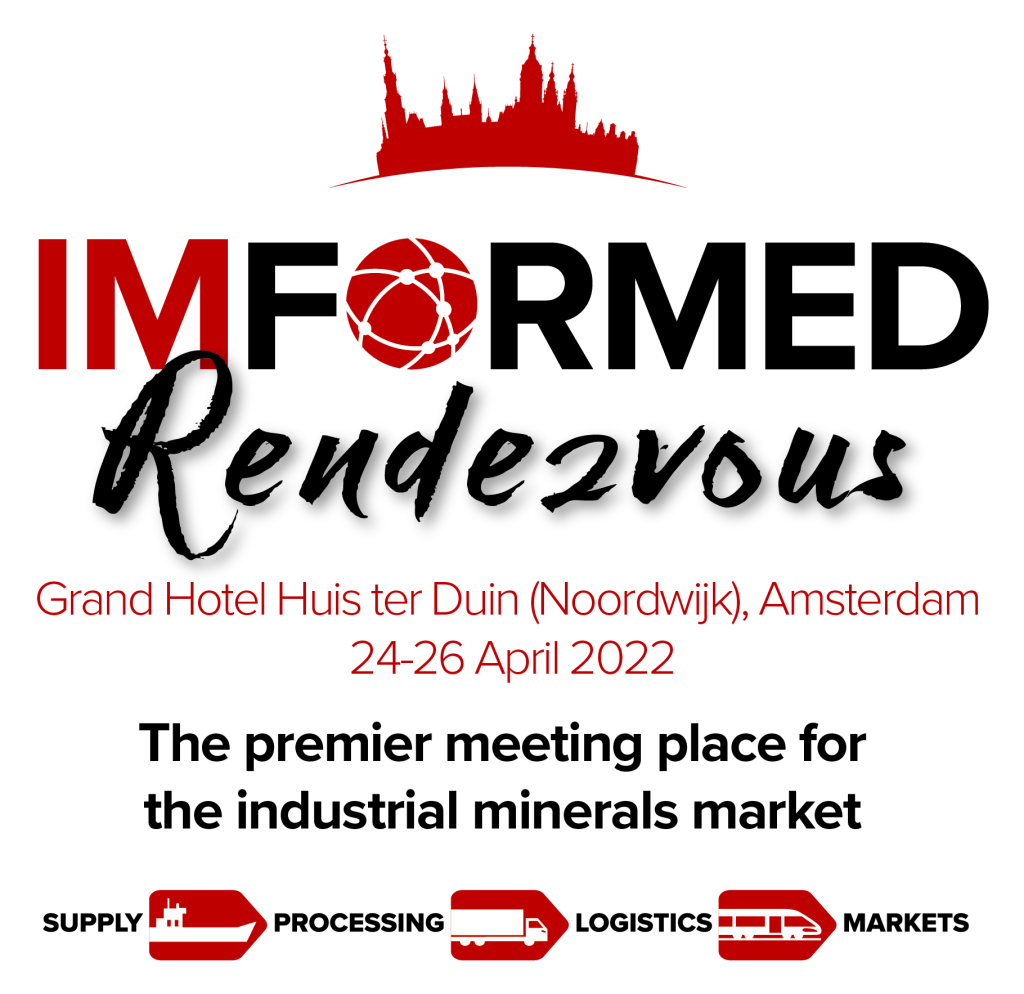
Essential for those wishing to get a handle on where the industrial minerals market is heading and understanding its basic principles. The industrial minerals supply chain from mine to market examined.
-
Check out the review of this year’s Rendezvous here
-
CALL FOR PAPERS: contact Mike O’Driscoll mike@imformed.com
-
SPONSOR/EXHIBITS/REGISTRATION: contact Ismene Clarke ismene@imformed.com

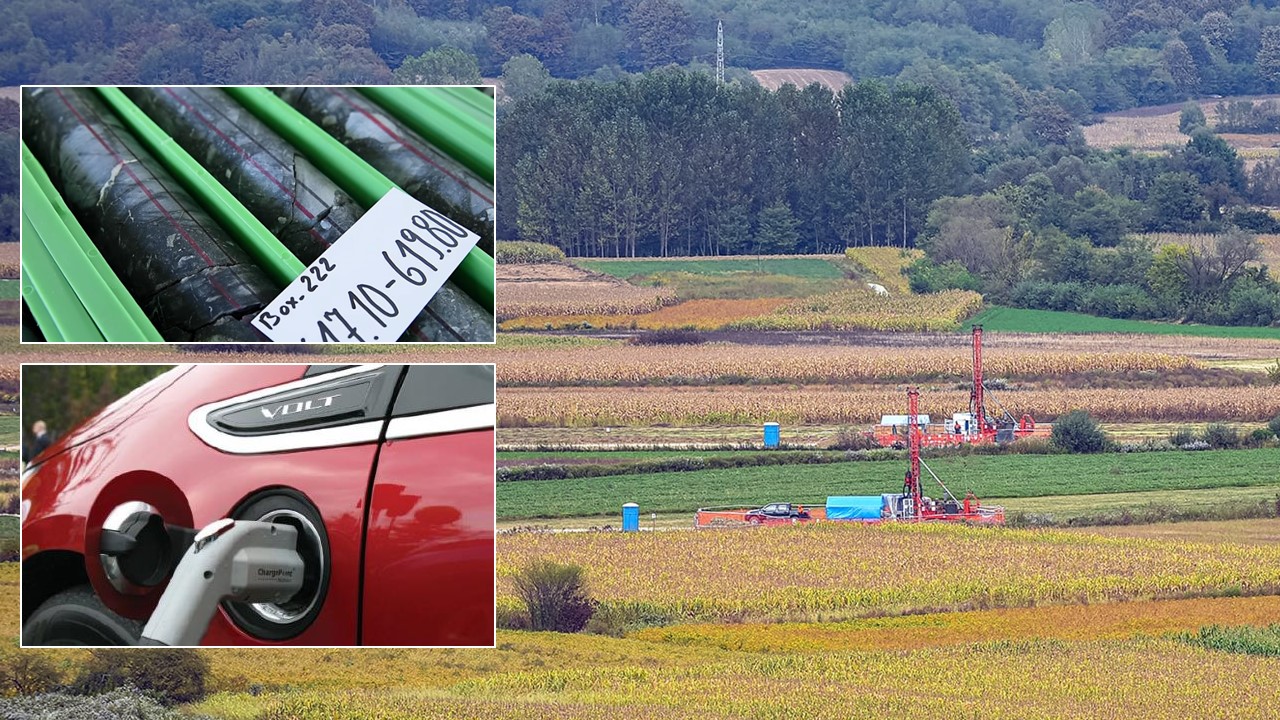

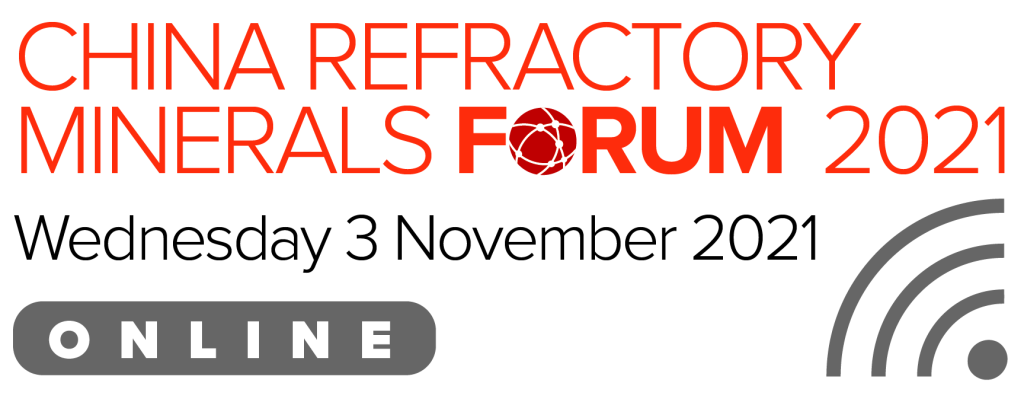
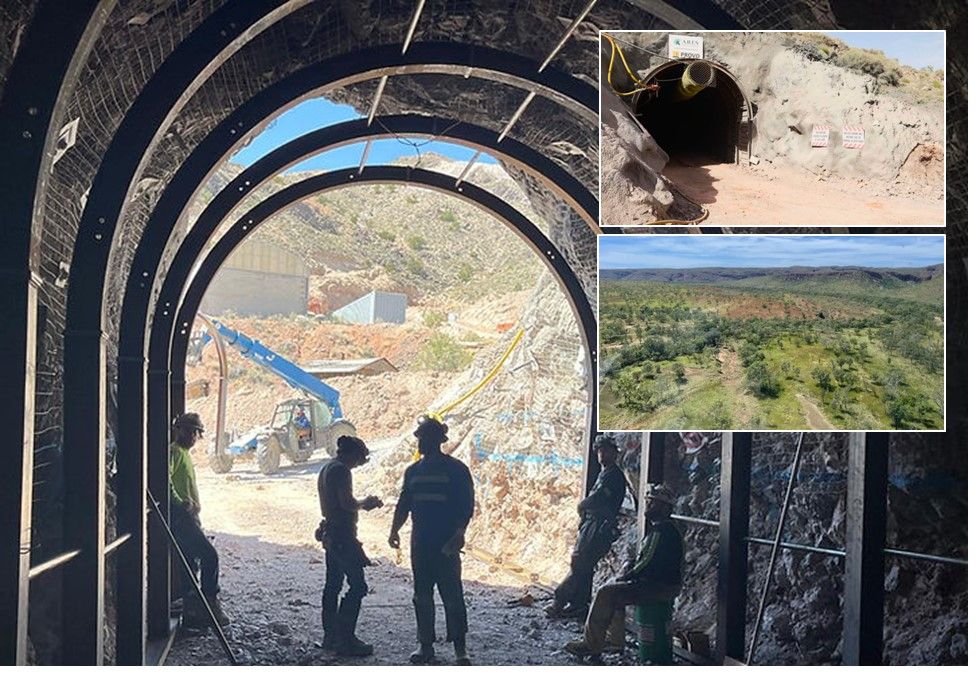
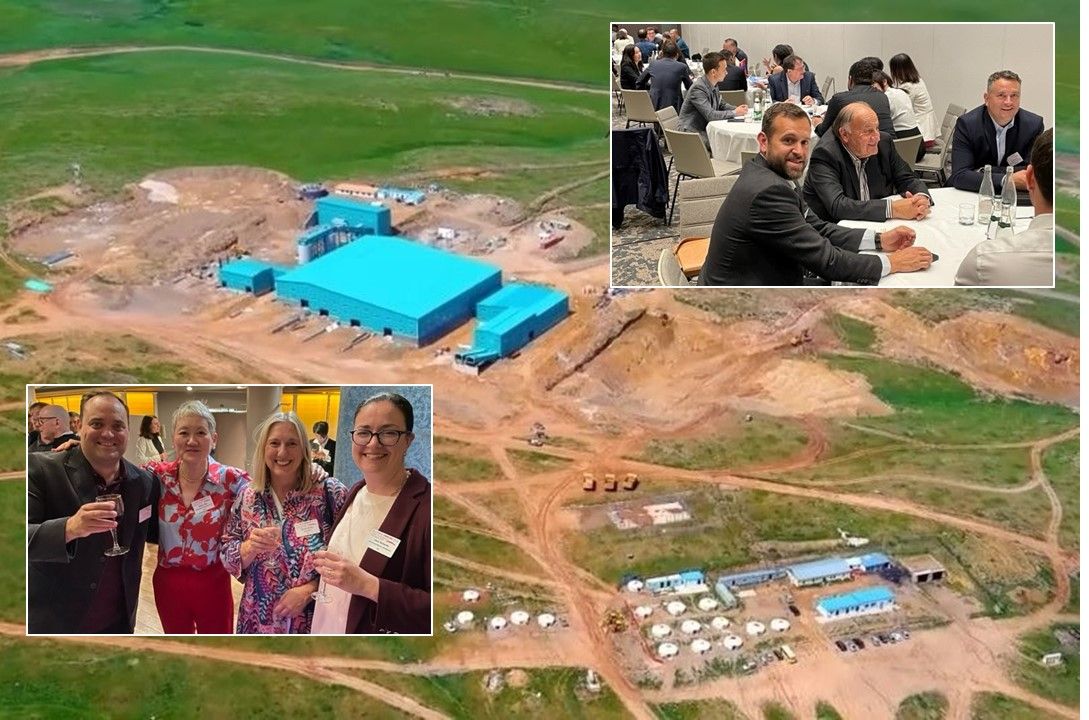

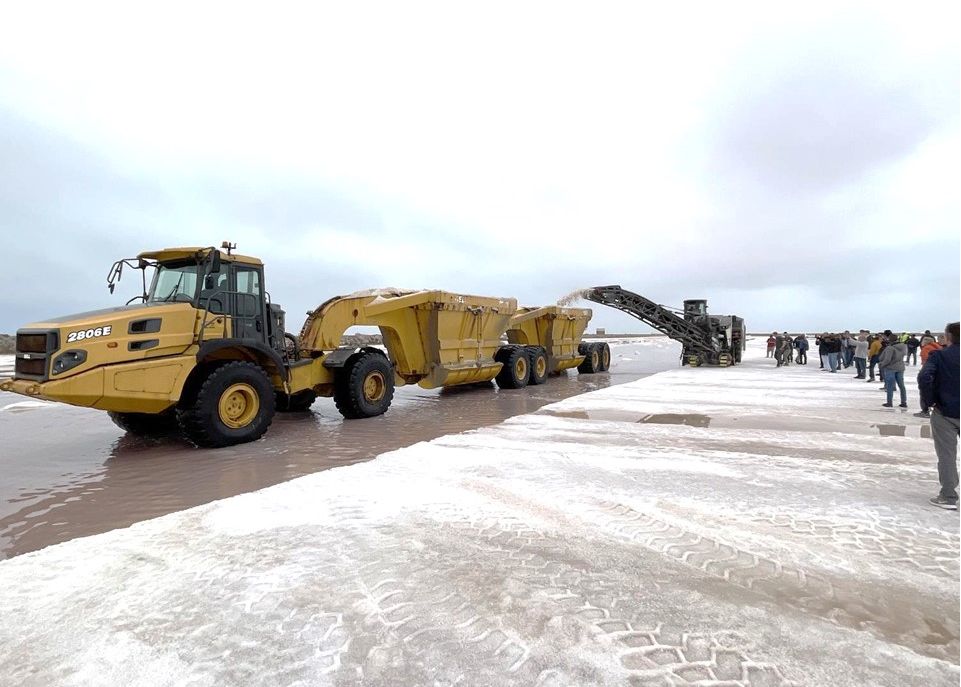

Great paper Mike. One overriding force of change behind most if not all of your six factors is Climate Change. The pandemic highlighted the fragility of current social, political and industrial strategies and climate change will have the same effect as the pandemic but on steroids. I think we all sense this but not many companies are really incorporating this into their business strategies in a vain hope that all will soon go back to 2019 “normal” . I foresee more challenging times ahead but with that the opportunities. Thanks again for your insights..
Many thanks Richard – and totally agree lasting issue of Climate Change.
How are you?
This is Yongdon.ju from Korea, which runs a mineral recycling business in Korea.
Thank you for the good information.
I think recycling is also important in the future.
I will share a lot of information.
Thank you.
Dear Joo Yongdon – many thanks your comment and kind words; yes, I think we have much more to see and expect in the near future from the recycling sector; many thanks again for your fine presentation on refractory recycling (delivered by Raul Hwang, Sojitz Corp.) at our Mineral Recycling Forum 2021 ONLINE in February. I hope you and the business are doing well.